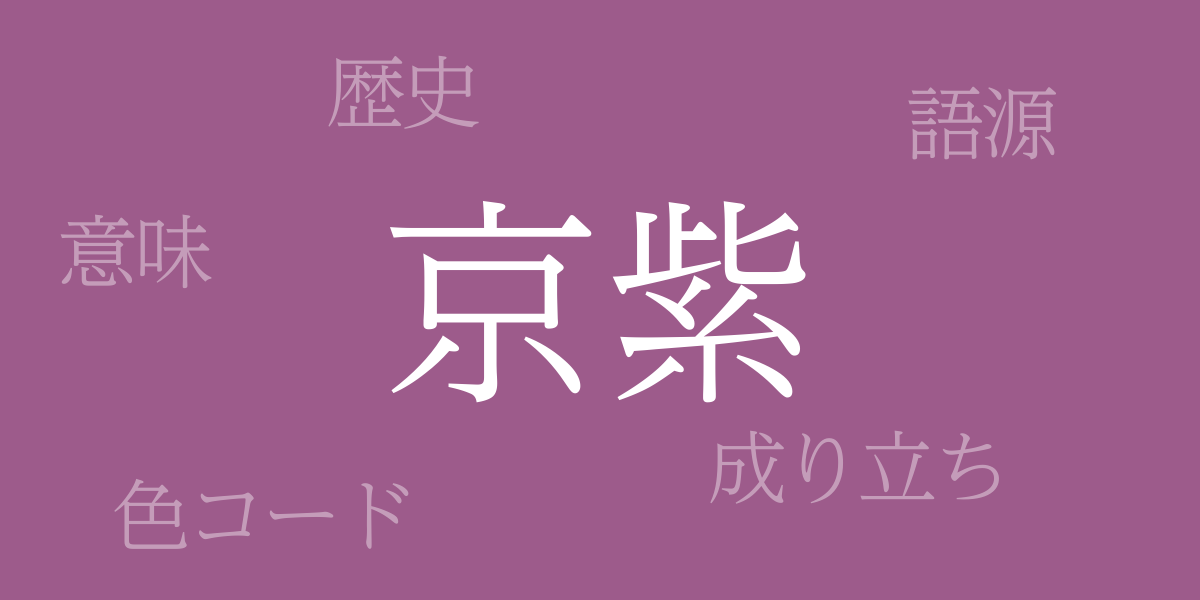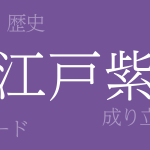Japanese tradition and culture captivate a global audience through their colors. Among these, “Kyoto Purple (きょうむらさき – Kyou Murasaki)” continues to enchant many with its depth and serene beauty. This article delves into the allure of Kyoto Purple, exploring its history, significance, and modern applications, including its color codes for digital use.
About Kyoto Purple (きょうむらさき – Kyou Murasaki)
Kyoto Purple (きょうむらさき – Kyou Murasaki) is a traditional Japanese color that sits within the spectrum of purple but stands out due to its origins in Kyoto. This color, commonly used in Kyoto’s traditional crafts and architecture, carries a sophisticated image and is known as a symbol of Japanese aesthetic sensibilities.
The History of Kyoto Purple
The history of Kyoto Purple dates back to ancient times, being favored by the nobility as early as the Nara period. During the Heian period, purple became a symbol of the aristocracy, especially in Kyoto’s imperial court and nobility’s garments. From this era, Kyoto Purple established its status as a color of power and aristocratic culture, deeply embedding itself in Japan’s color tradition.
Kyoto Purple Color Codes
In digital and web design, accurate color reproduction is essential. Below are the color codes for Kyoto Purple:
- HEX: #9D5B8B
- RGB: R:157 G:91 B:139
- CMYK: C:48 M:74 Y:25 K:0
The Western Name for Kyoto Purple
In English, Kyoto Purple is often referred to as “Kyoto Purple” or “Japanese Purple.” These names convey the unique nuances of this traditional Japanese color in an international context.
Conclusion on Kyoto Purple
Kyoto Purple is more than just a color; it is a condensation of Japanese history, culture, and aesthetics. Even today, its beauty is preserved and cherished in fashion, art, and design, continually loved worldwide in new forms. Incorporating Kyoto Purple means paying homage to Japanese tradition and embracing its rich culture in everyday life.

























